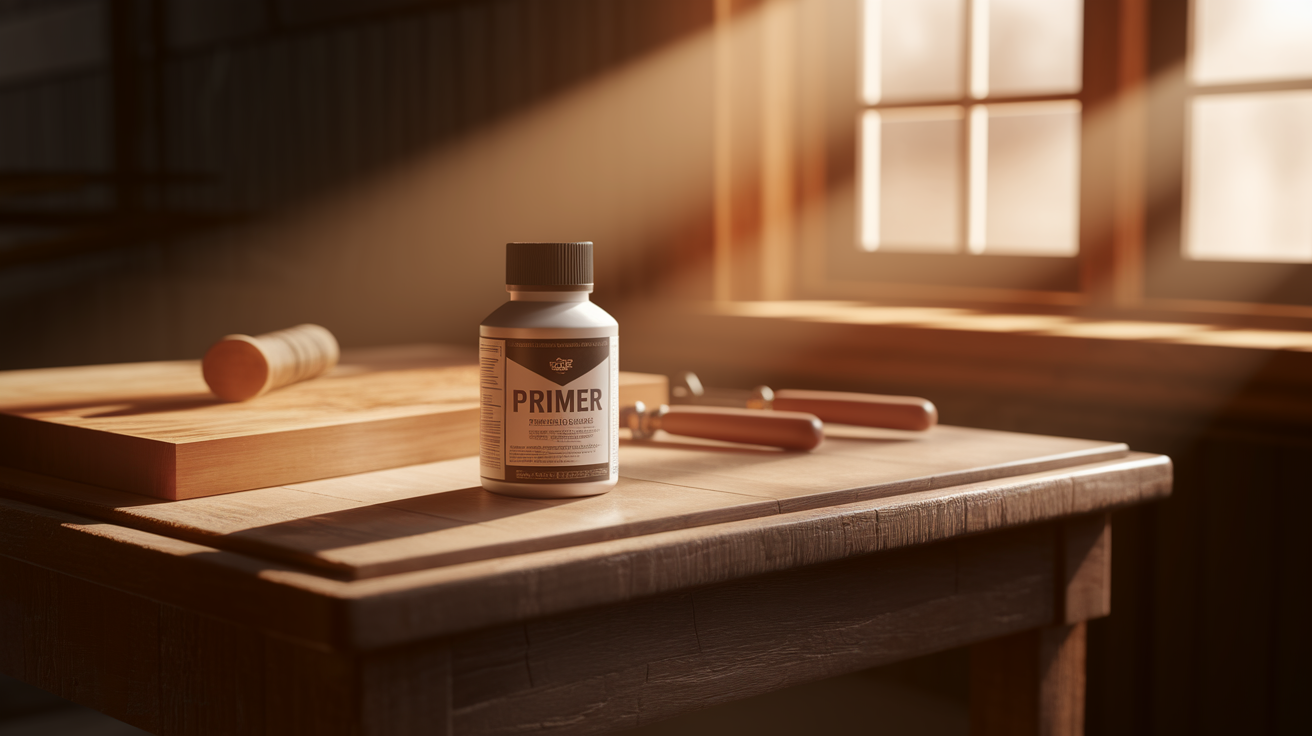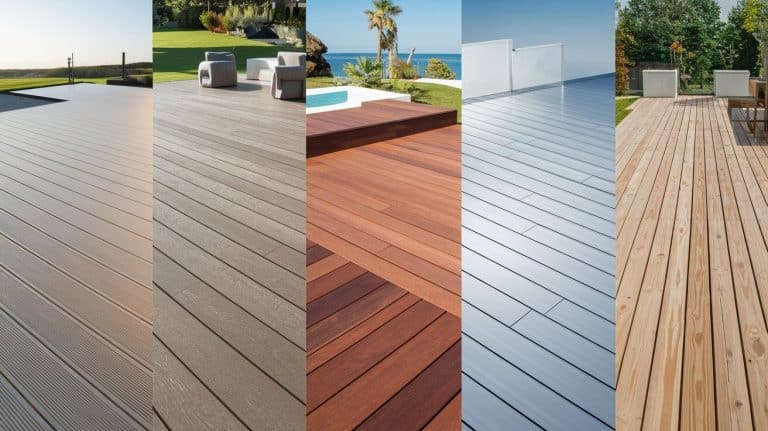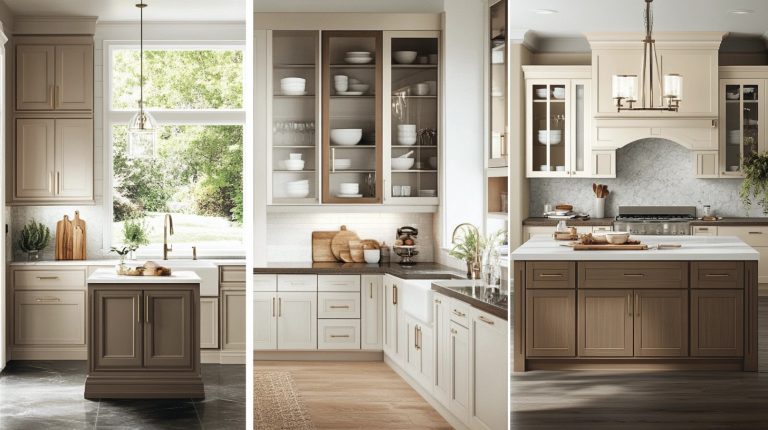The Ultimate Guide to Finding the Best Primer for Wood
Are you struggling to get paint to stick to your wooden projects? Poor primer choice might be the culprit. Many DIY enthusiasts waste time and money on repeat paint jobs because they skip this key step.
The right primer creates a strong base for paint to stick to wood. It fills small cracks, stops stains, and helps your paint last longer. But with so many options at the store, which one should you pick?
This guide will show you how to choose the best primer for your wooden surfaces. You’ll learn about the different types of primers, when to use each one, and tips for smooth application.
Ready to make your paint jobs look better and last longer? Let’s look at how to find the perfect primer for your wood projects.
What is Wood Primer and Why is it Necessary?
Wood primer is a base coat that goes on before paint. It’s a special formula made to stick to wood and create a smooth surface. Think of primer as the middle step between raw wood and your final paint color.
Benefits of Using Primer on Wood
- Better Paint Stick: Primer helps paint grip the wood. Without it, paint might peel or chip off much sooner.
- Seals Porous Surfaces: Wood has tiny holes that soak up paint. Primer fills these holes so you need less paint.
- Blocks Water Issues: Primer forms a barrier that keeps moisture from getting into the wood. This stops rot, mold, and warping.
- Smoother Look: A good primer hides small flaws in the wood. Your final paint job will look more even and clean.
Using a primer might seem like an extra step, but it saves time and money. Your paint will look better and last years longer.
Different Types of Primers for Wood
1. Oil-Based Primers
Key Benefits: Seals wood grain completely; stops tannin bleed-through; creates a tough, smooth base.
Best For: Raw wood, cedar, redwood, oak, and exterior projects.
Durability: Highly durable with excellent moisture resistance; lasts 5+ years when applied correctly.
Drawbacks: Takes 24+ hours to dry; has strong fumes; requires mineral spirits for cleanup.
2. Water-Based Primers
Key Benefits: Fast drying time; low odor; easy soap and water cleanup.
Best For: Interior walls, trim, and previously painted surfaces.
Durability: Good for indoor use but less moisture-resistant than oil-based; typically lasts 3-5 years.
Quick-drying: Ready for paint in 1-3 hours; perfect for same-day projects.
3. Shellac-Based Primers
Key Benefits: Superior stain blocking; fastest drying of all primers; sticks to almost any surface.
Best For: Badly stained wood, knots in pine, smoke damage, water marks.
Durability: Medium lifespan but unmatched in preventing stains from bleeding through paint.
Ideal use: Perfect for furniture restoration and fixing problem areas on wood.
4. Specialty Primers
Key Benefits: Formulated for specific challenges like high moisture or dense materials.
Best For: MDF (seals porous edges), pressure-treated lumber, exotic woods.
Durability: Varies by type, but is designed to solve problems regular primers can’t handle.
Examples: High-adhesion primers for glossy surfaces; marine primers for constant moisture exposure.
Top 5 Wood Primers for Your Next Project
Looking for the best wood primer? Here are five top picks that work well for different needs. Each one has unique strengths for your wood projects.
1. Zinsser Bulls Eye 1-2-3 Primer
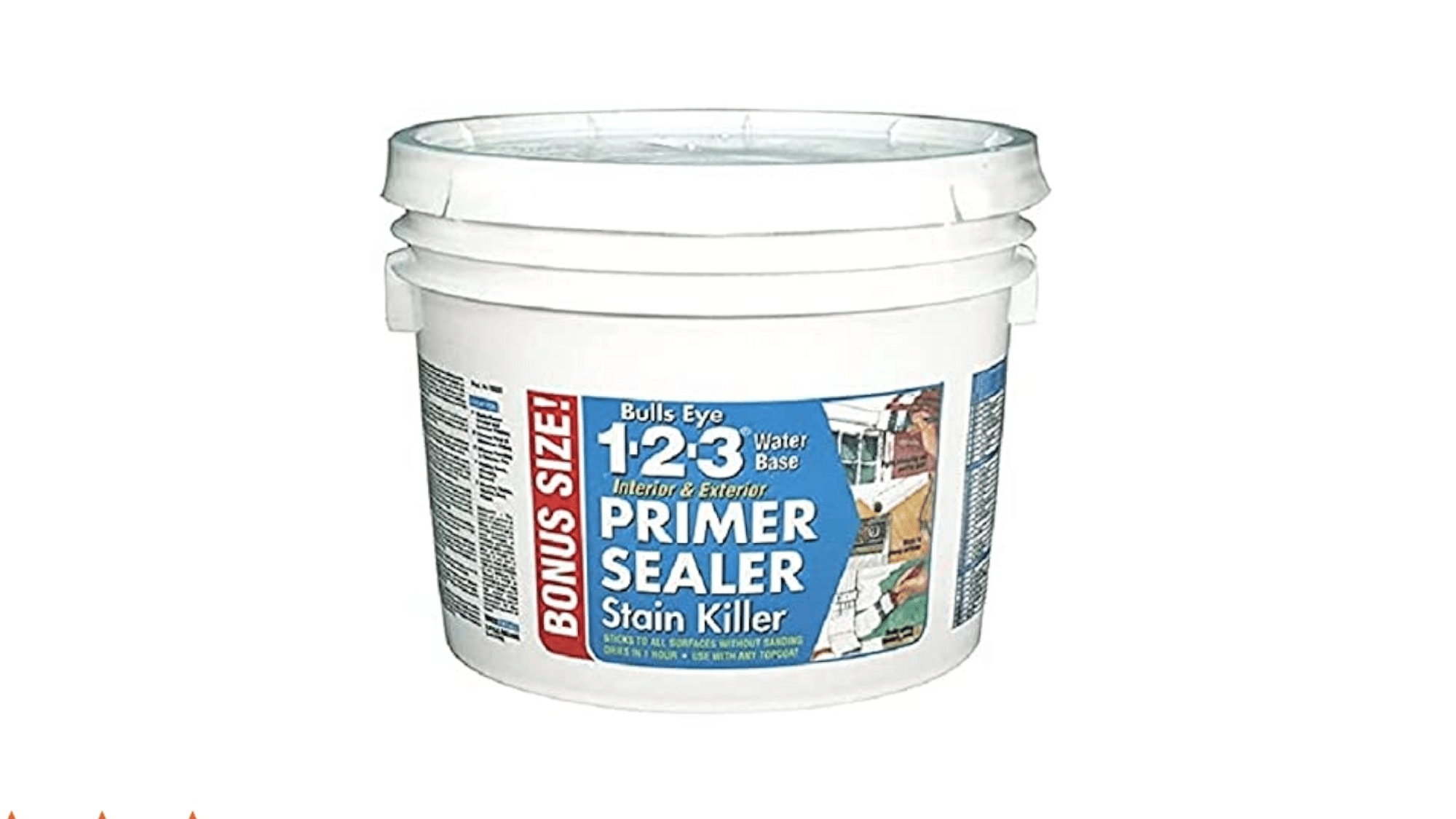
This water-based primer works on many surfaces and has a quick drying time. It sticks well to most woods and blocks stains without much smell.
Key Features:
- Dries to the touch in just 30 minutes
- Works on both indoor and outdoor projects
- Low smell makes it good for indoor use
- Blocks most water and other stains
Pro Tip: For dark wood with lots of tannins, apply a thin first coat, let it dry fully, then add a second coat for best results.
2. KILZ Premium High-Hide Stain Blocking Primer
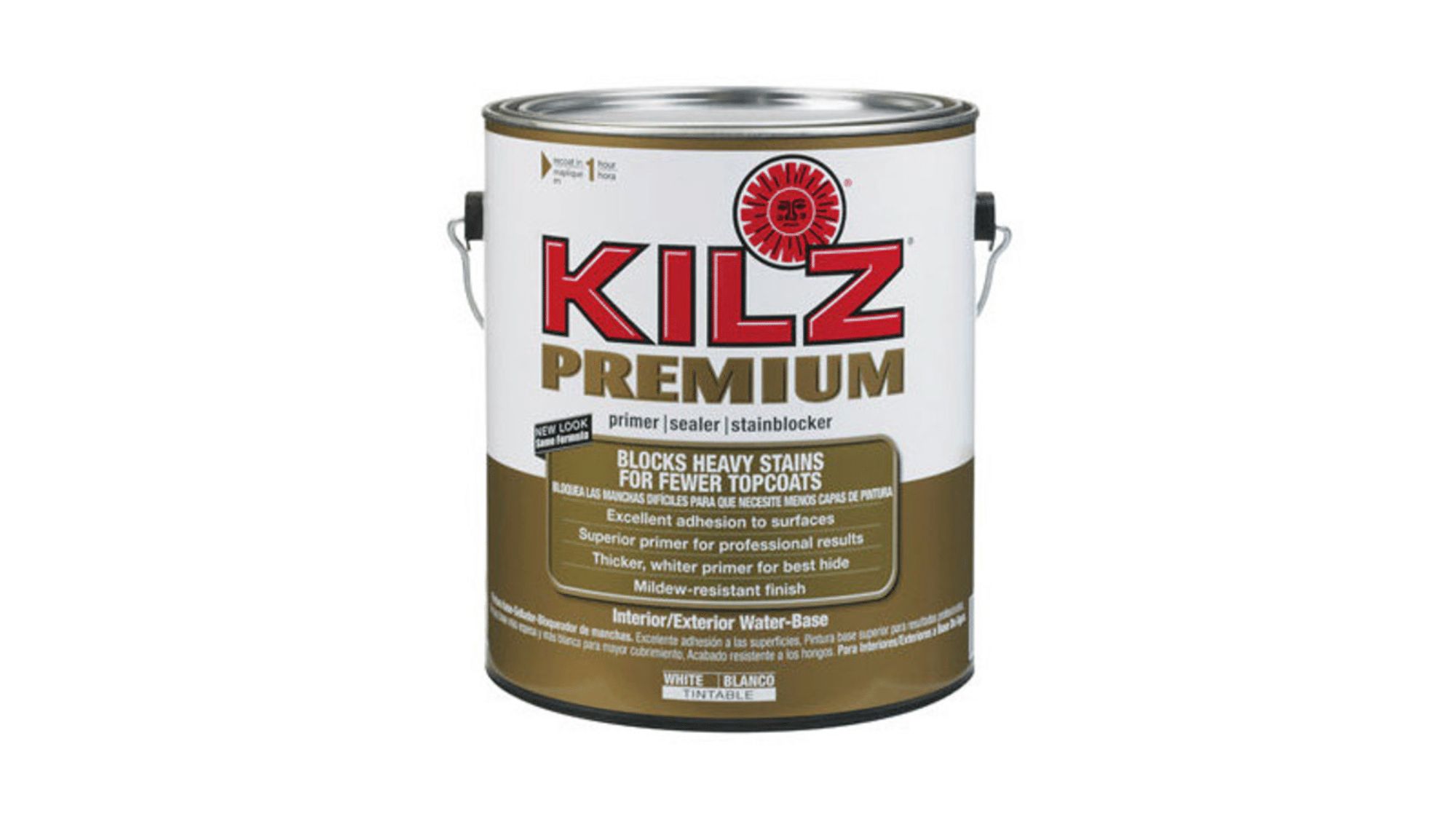
KILZ Premium stops tough stains and gives a smooth base for your paint. This latex-based formula helps hide old marks on wood.
Key Features:
- Stops stains and smells from coming through the paint
- Fights mildew growth on the primer film
- Dries fast, so you can paint sooner
- Makes a smooth, even base for paint
Pro Tip: Open windows when using this primer. The smell goes away once dry, but good air flow helps during application.
3. INSL-X Prime All Multi-Surface Acrylic Primer
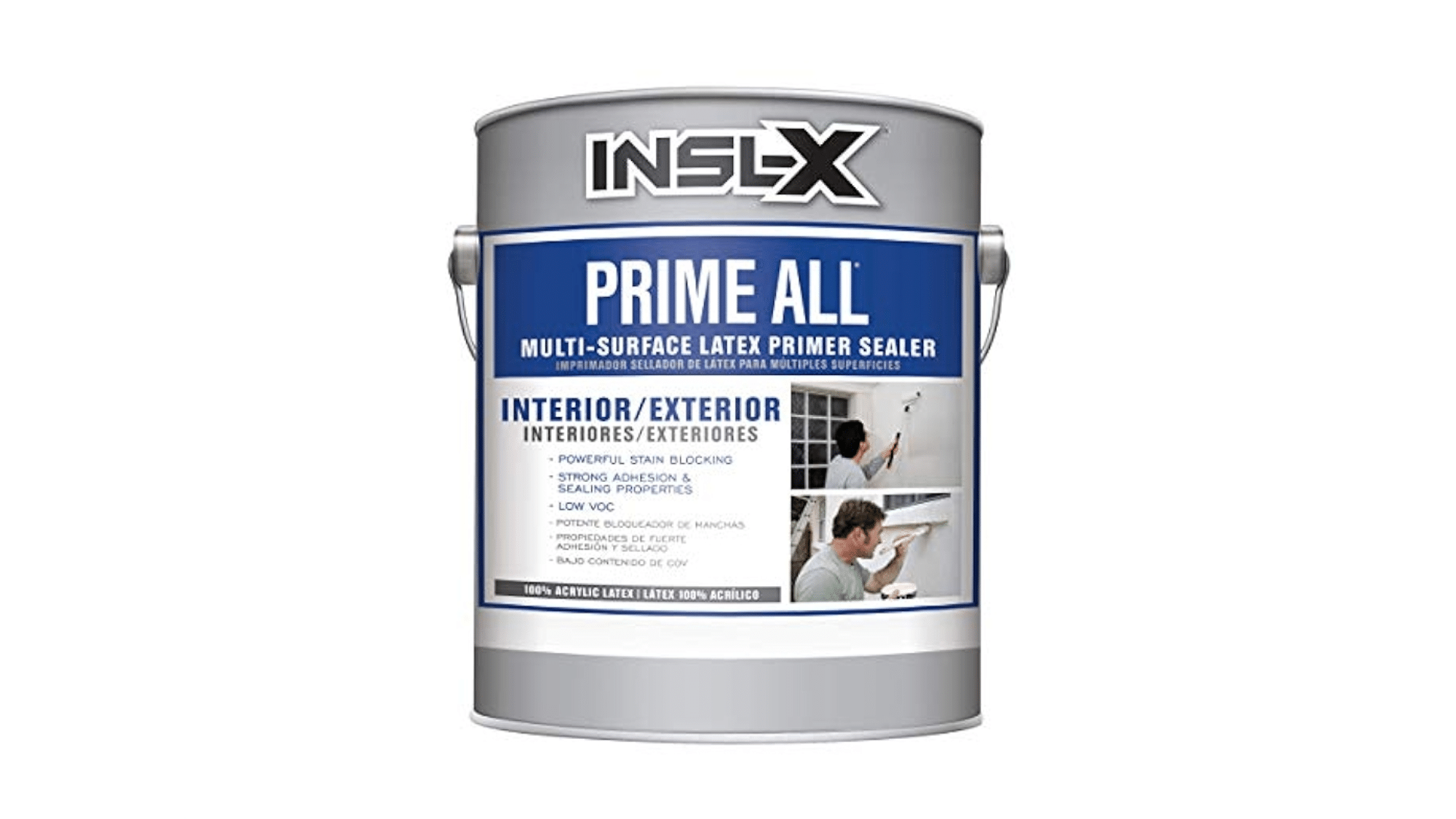
This acrylic-latex primer is easy to use and works on many surfaces. You can brush, roll, or spray it based on what works best for your project.
Key Features:
- Sticks to many different surfaces
- Has low VOCs for better indoor air quality
- Works both inside and outside
- Can be used with brush, roller or sprayer
Pro Tip: Add a tiny bit of water (no more than 10%) when spraying to help it flow better through your sprayer.
4. Rust-Oleum Zinsser Cover Stain Oil-Based Primer
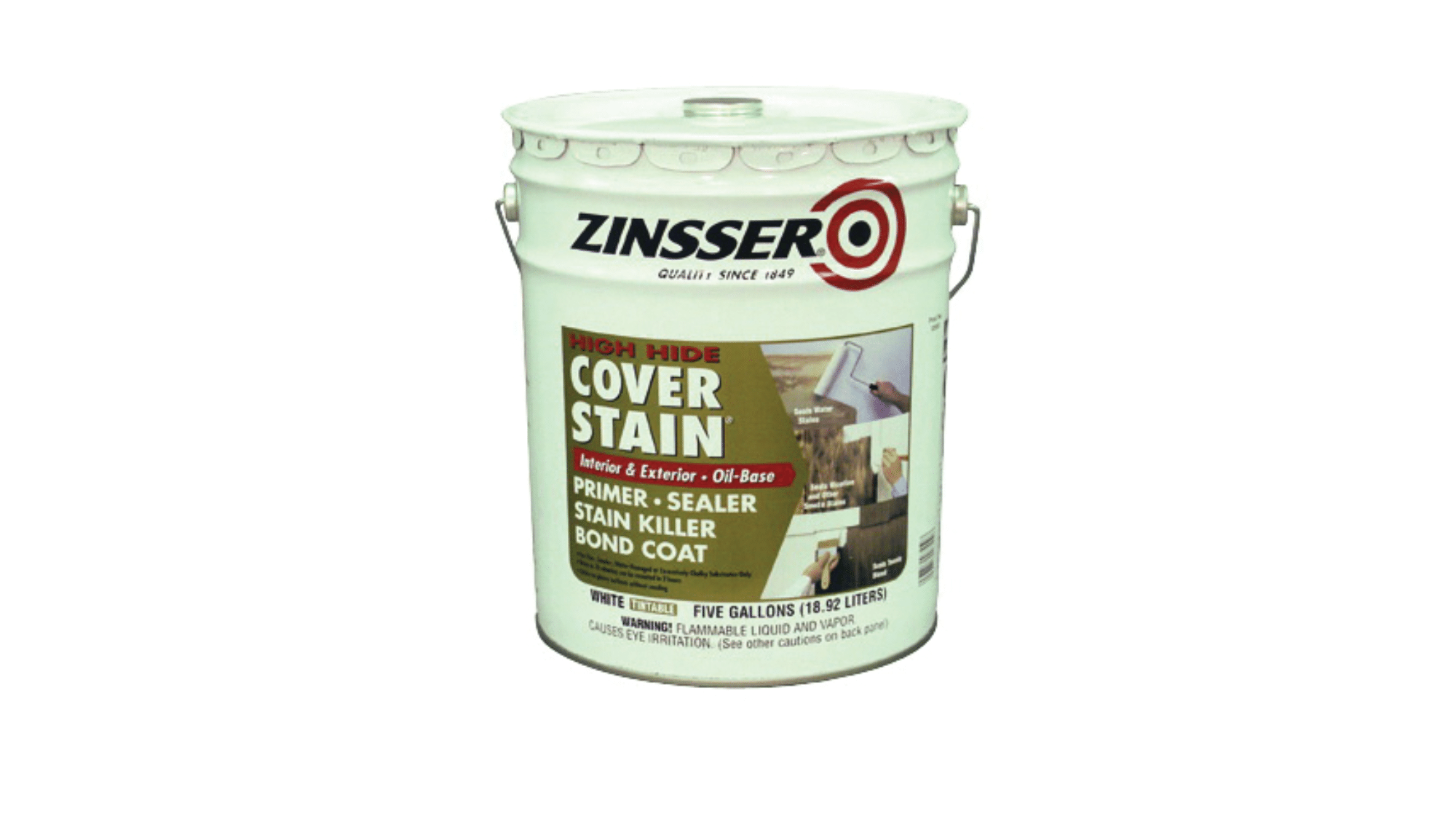
This oil-based primer is strong and stops tough stains. It makes a hard base that helps your paint last longer.
Key Features:
- Blocks even the worst stains and smells
- Works in cold temps down to 35°F
- Can be used inside or outside
- Takes both oil and water-based topcoats
Pro Tip: Keep this primer well mixed during use – stir it every 20 minutes to keep the stain-blocking parts from settling.
5. Benjamin Moore Fresh Start High-Hiding All Purpose Primer
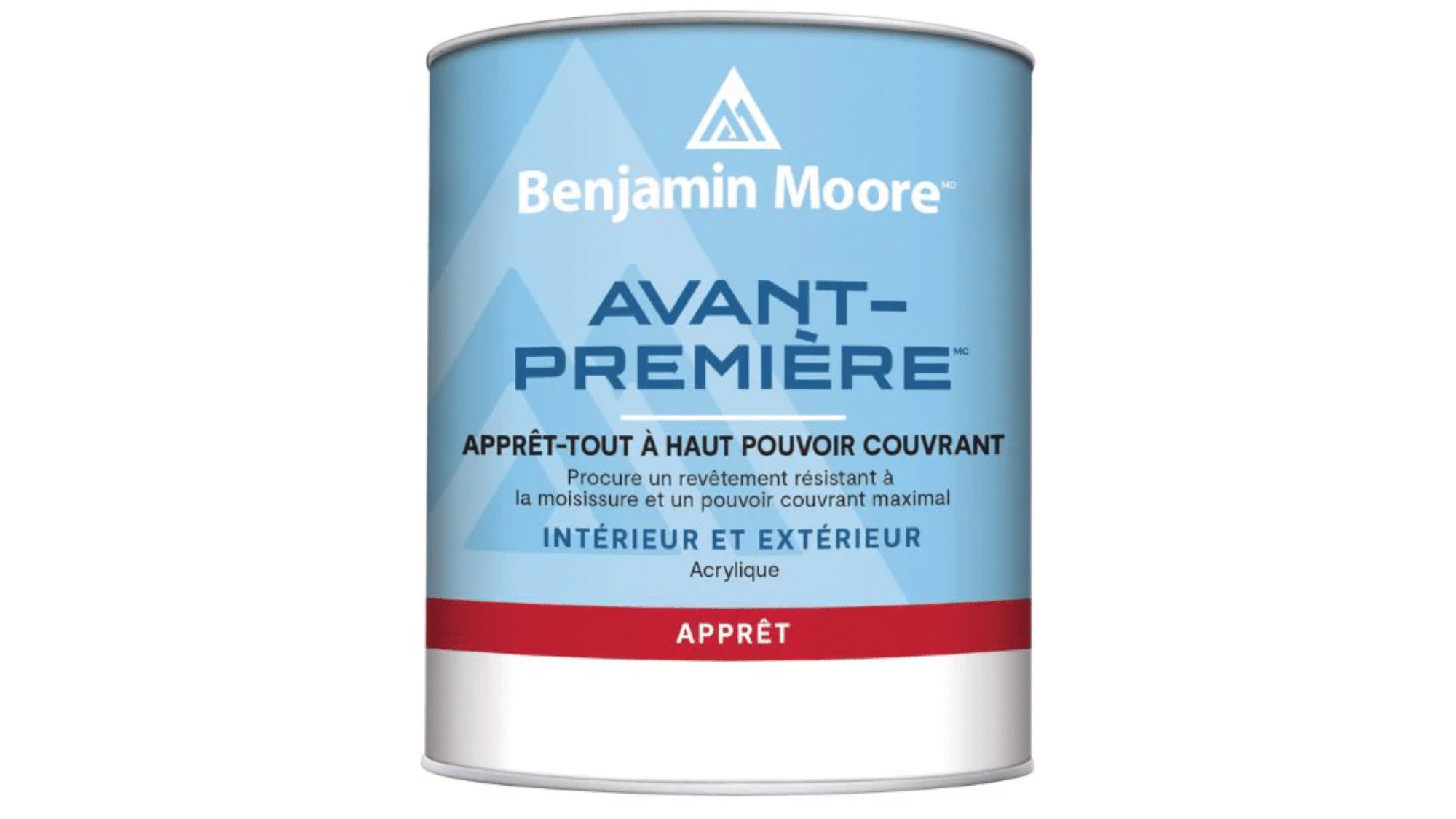
Benjamin Moore’s oil-based primer is known for its quality and stain-blocking power. It costs more but creates an excellent base for paint.
Key Features:
- Hides dark colors and stains very well
- Stops mildew growth where applied
- Seals porous wood surfaces completely
- Makes topcoat colors look richer and true
Pro Tip: For the best finish, sand lightly with fine-grit paper (220) after this primer dries fully, then wipe with a damp cloth before painting.
How to Choose the Best Primer for Your Wood Project?
1. Assessing Your Project Needs
Indoor projects work well with water-based primers. They dry fast and have less smell. Good for furniture and trim.
Outdoor projects need tougher primers. Oil-based or exterior primers stand up to weather better and last longer.
Smooth wood needs different primers than rough wood. Textured or porous surfaces might need thicker primers to fill gaps.
2. Considering the Paint Type
Match your primer to your paint type. Water-based paints work best over water-based primers.
Oil-based paints need oil-based primers or special bonding primers.
Always check the label to make sure your primer and paint will work together properly.
3. Wood Condition
Raw wood needs primers that seal the surface and stop tannins from bleeding through.
Previously painted wood might need bonding primers that stick to both old paint and new.
Stained or damaged wood requires stain-blocking primers, with shellac-based options being best for tough stains.
Woods with natural oils (like cedar) need special primers designed to seal these oils in.
5 Tips for Applying Primer to Wood
1. Preparing the Surface: Sand with medium grit (120-150) then fine grit (220) sandpaper, and remove all dust with a tack cloth.
2. Application Techniques: Apply thin, even coats in the direction of the wood grain using the right brush (synthetic for water-based, natural for oil-based).
3. Proper Drying Time: Follow the manufacturer’s recommended drying time and add extra hours in humid conditions.
4. Avoiding Common Mistakes: Don’t apply primer in extreme temperatures (below 50°F or above 90°F) or in direct sunlight.
5. Pro Application Tip: Don’t forget to prime the edges and ends of wood – these areas absorb more moisture and need proper sealing.
Conclusion
Choosing the right primer for your wood project makes all the difference in how well your paint job turns out and how long it lasts. With the tips in this guide, you now know what to look for in a quality wood primer.
Remember that proper surface prep and application methods are just as important as the primer you select. Take time to clean and sand your wood, apply the primer correctly, and allow full drying time.
For best results, match your primer to both your wood type and your paint choice. The small extra cost of quality primer saves money in the long run by helping you avoid do-overs.
What wood project are you working on next? The right primer will help ensure your hard work stands the test of time.

